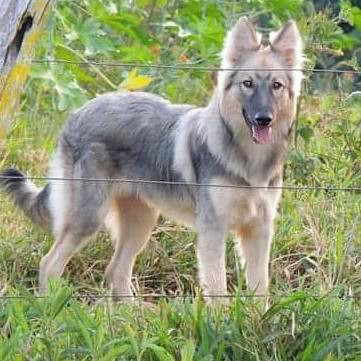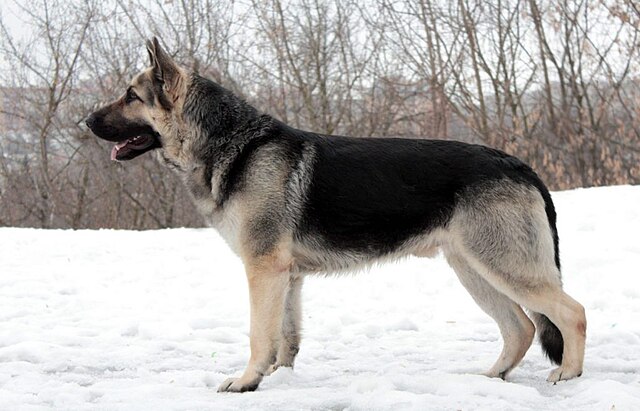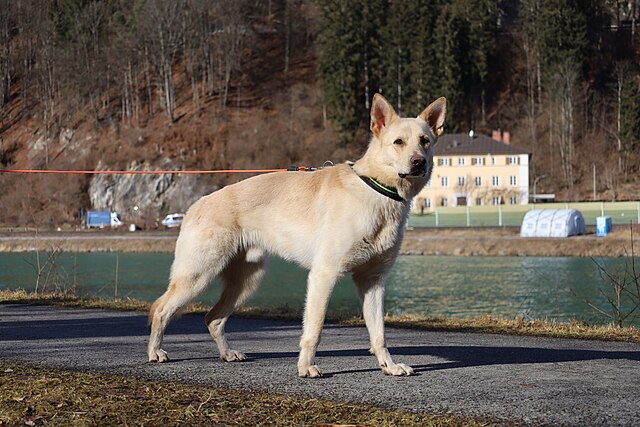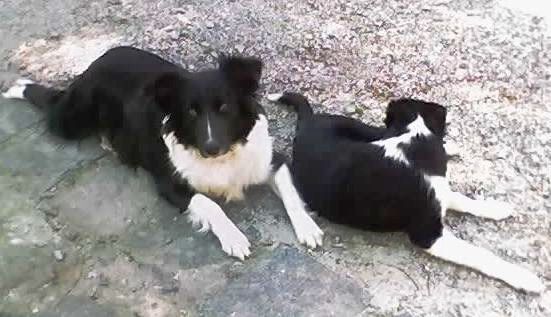The Mantiqueira Shepherd was created to herd sheep and cattle in the tough Mantiqueira Mountains of Brazil. Known for its agile working ability, good health and rustic constitution, this breed is a solid worker known for getting the job done in harsh conditions. It is speculated that the Belgian Tervuren, the Dutch Shepherd, the German Shepherd Dog and the White Swiss Shepherd Dog make up some of its ancestry, although various Spanish breeds may also be in the bloodlines (such as the Garafiano Shepherd, Basque Shepherd Dog and Can de Palleiro). As there is no official documentation, the exact makeup of the breed is unknown although it is fairly certain that they were created in the 19th century by dogs brought over by Europeans, and due to the difficulty of accessing the region in which they were bred, this new breed was virtually untainted. This herding dog is recognized by the Brazilian Cinophilia Confederation but not yet recognized by the FCI.
The Mantiqueira also has a talent for guarding property which was the secondary job of this breed. This is a loyal companion that develops a strong bond with their owner, and wants to keep their owners and possessions safe. Interestingly, Mantiqueiras traditionally had another job – protecting mule trains and the cargo carried by the mules. To do this they would often ride on the saddle of a horse, right behind their owner, as said owner transported the train of mules! Matiqueira Shepherds have strong work ethics and enjoy being given a job to do.
The Mantiqueira Shepherd can come in a variety of colors including white, black, blue (which is white and black mottled), various shades of gold, and black/tan (with either a black mantle or black with tan points). Some have a black mask. The coat itself can be short, medium-length or long, and either straight or curly. In all varieties the coat should be very dense. This is a medium sized breed with erect ears and a long triangular muzzle.
Unfortunately the Mantiqueira is currently facing extinction as their original job is becoming obsolete, and the population number is fairly small. It is hoped that the breed club will be able to keep them alive and generate enough interest to grow the gene pool and increase numbers before this lovely breed is lost to time!




